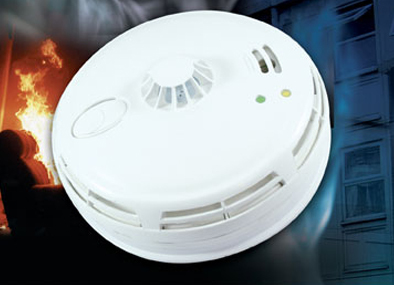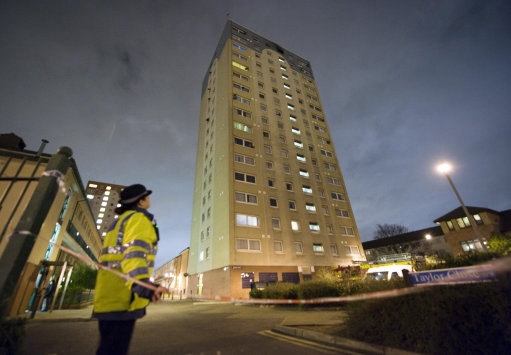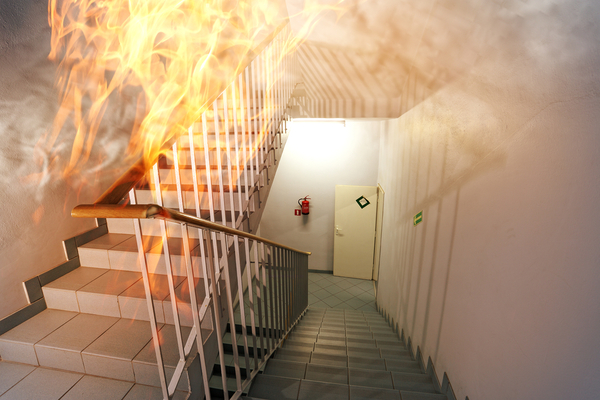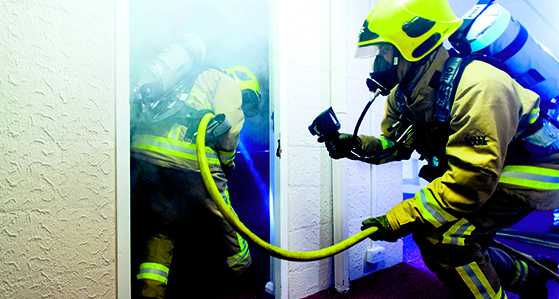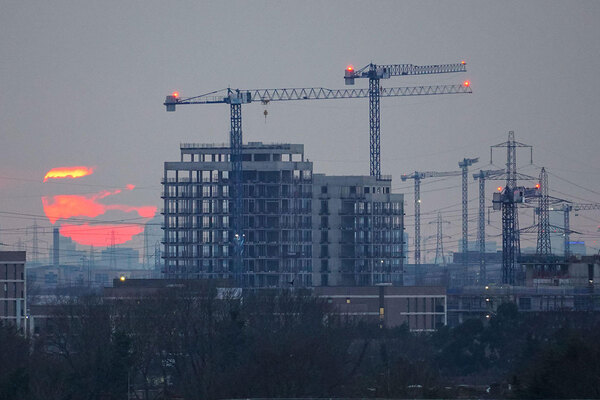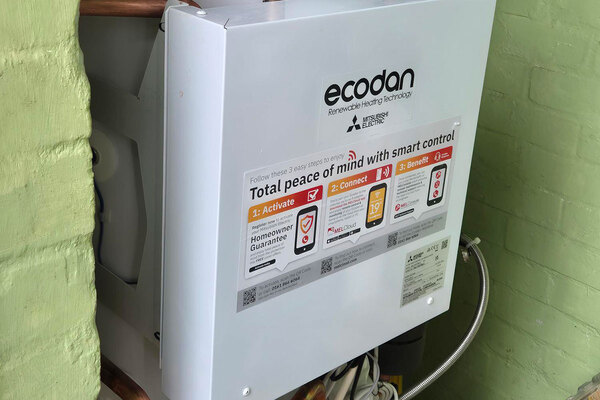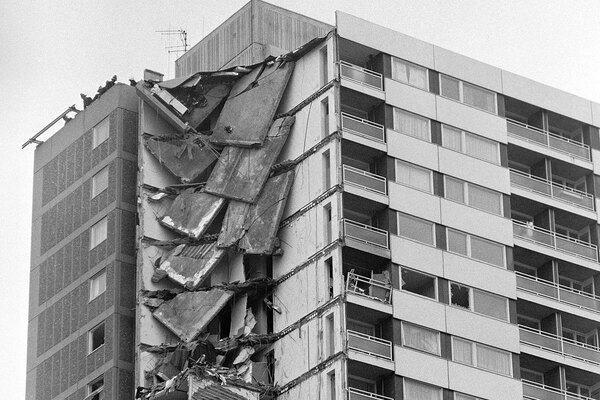'Variations' in association safety
The approach to fire and carbon monoxide safety “varies considerably” among housing associations, with better regulations needed.
This is the finding of a report into tenant safety by membership organisation Housemark and housing association Hyde, seen exclusively by Inside Housing.
It found that while all housing associations it investigated are aware of the need to meet basic safety requirements, some are content to stop there, while others went further.
The report warned there is particular variation in provision of carbon monoxide alarms, as there is no blanket requirement to provide them in social homes in contrast to the private sector.
It said: “Some are simply meeting their basic requirements on fire or gas and taking the risk that there will be no problems.”
The research was based on interviews with eight to 10 social landlords in England, as well as the regulator, National Social Housing Fire Strategy Group, Local Authority Building Control and others.
It added: “The approaches [to carbon monoxide alarms] vary markedly and means some tenants are protected by CO alarms, while others are not.”
The report suggests that voluntary adoption of these carbon monoxide alarm rules in the social housing sector would help avoid further legislation.
It also called for fire and carbon monoxide safety rules to be simplified, to replace the “myriad of rules and regulations” with a single set of standards which are easier to maintain and update.
“At present, updates to regulation require to be cross-referenced with previous guidance, thus introducing scope for error,” it said.
Government statistics show historic improvement in fire deaths in dwellings, with 215 people killed in England in 2013/14 compared to 745 in 1981/2.
